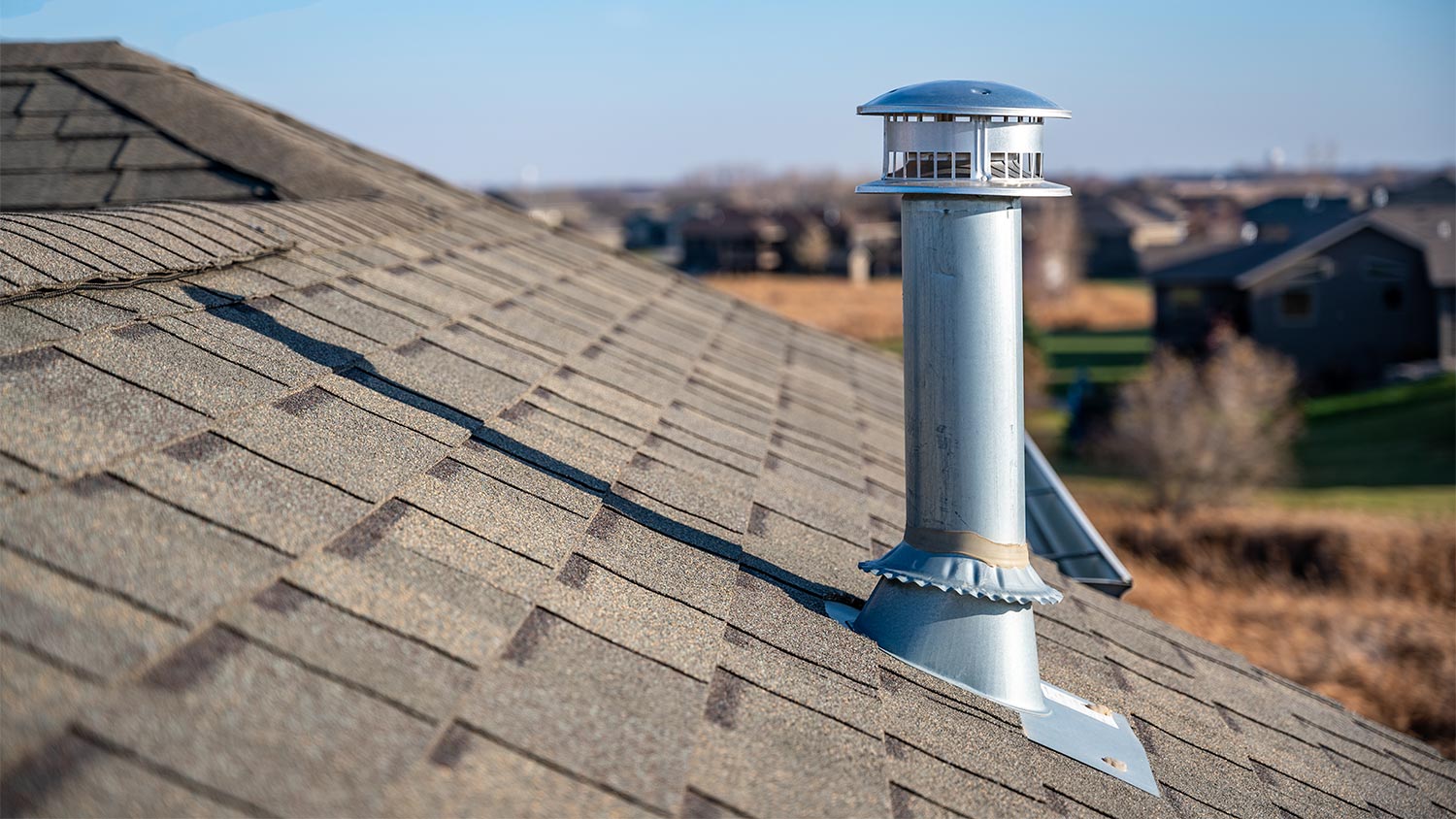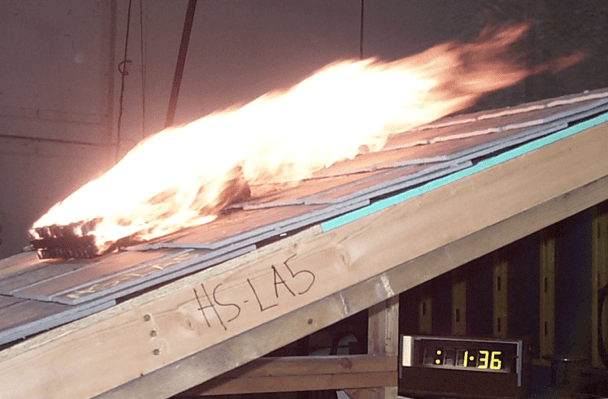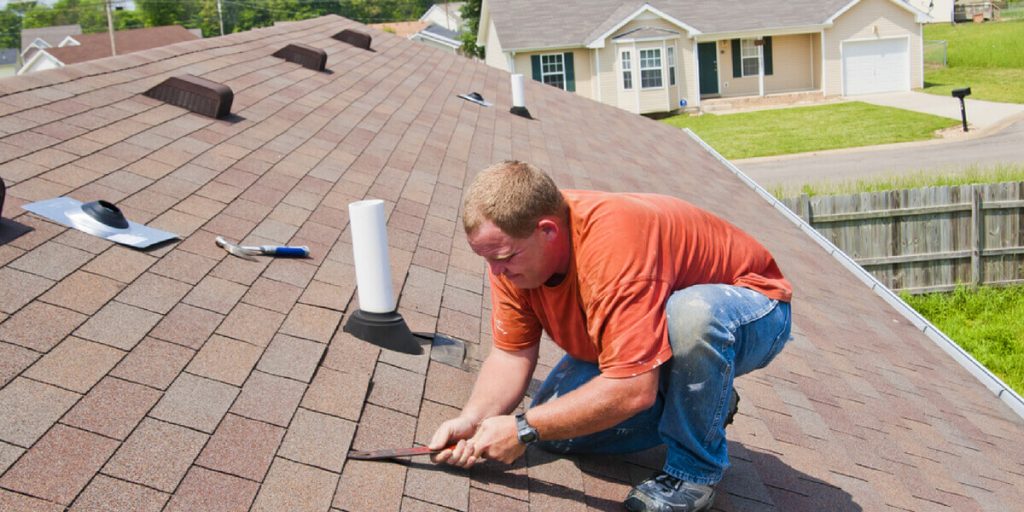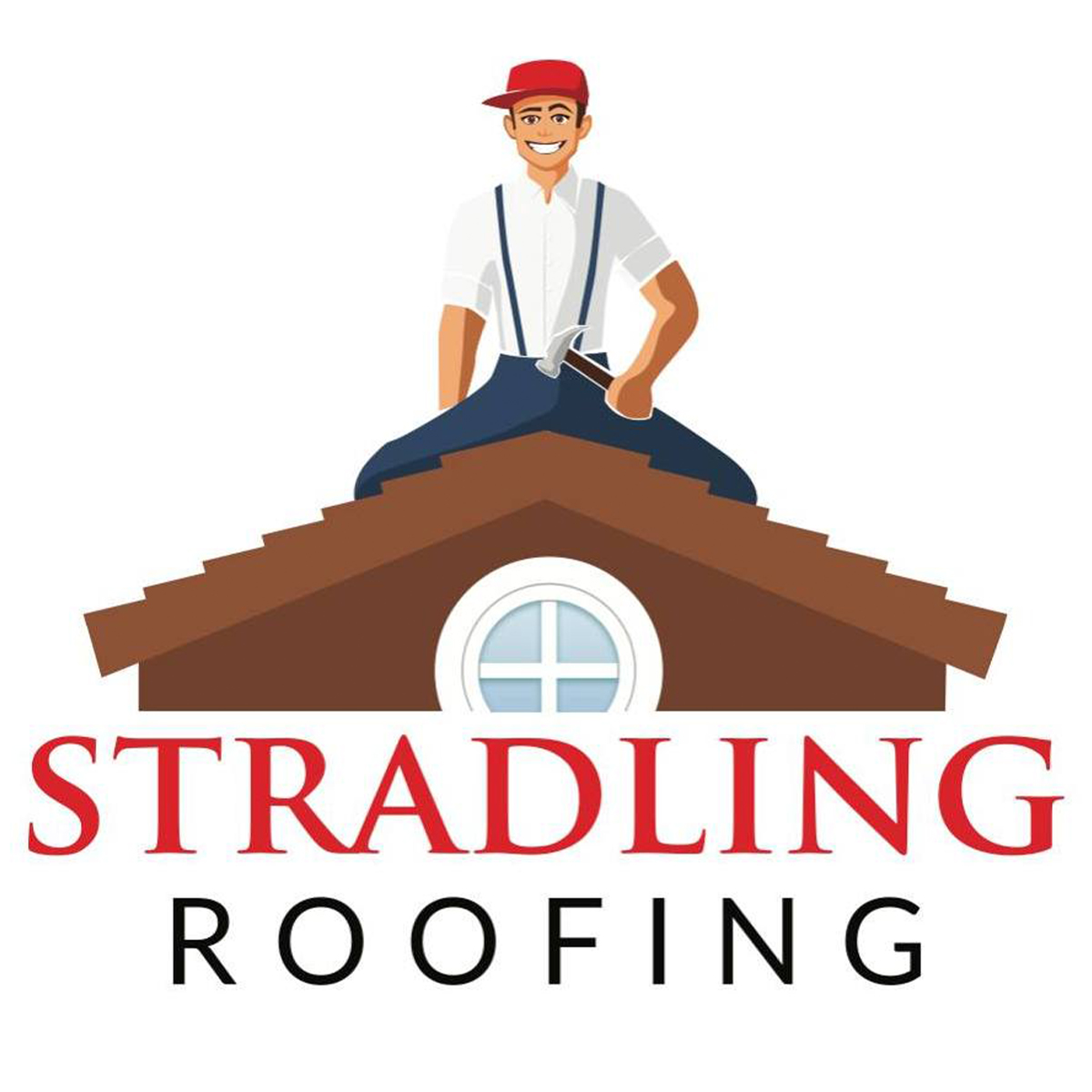The Role of Ventilation in Roofing: Ensuring a Healthy and Efficient Home
When it comes to creating a comfortable and efficient living space, homeowners often focus on insulation, windows, and heating or cooling systems. However, one crucial aspect that is sometimes overlooked is proper roof ventilation. The role of ventilation in roofing cannot be understated, as it plays a pivotal role in maintaining a healthy and efficient home. In this article, we will explore the importance of roof ventilation, its benefits, and how it contributes to the overall well-being of your home.
What is Roof Ventilation?

Roof ventilation refers to the process of allowing air to flow freely through the attic space and the area between the roof and the ceiling of the living area. It involves the installation of vents and exhaust fans to facilitate the movement of air. Effective roof ventilation allows for the exchange of indoor and outdoor air, helping to regulate temperature and humidity levels within the attic and the living space.
The Role of Ventilation In Roofing
Temperature Regulation
During hot summer months, attics can become extremely hot due to the sun’s radiant heat. Without proper ventilation, this excess heat can transfer into the living space below, making your home uncomfortable and causing your cooling system to work harder. Adequate ventilation helps dissipate this heat, reducing the strain on your cooling system and creating a more pleasant indoor environment.
Moisture Control
Moisture buildup in attics can lead to a host of problems, such as mold growth, rotting of wooden structures, and deterioration of insulation. Proper ventilation allows for the escape of moist air and prevents condensation from forming on cold surfaces during colder months. By managing moisture levels, you can protect your home’s structural integrity and ensure a healthier living environment.
Energy Efficiency
A well-ventilated attic helps maintain a more consistent indoor temperature, which means your heating and cooling systems won’t need to work as hard to keep your home comfortable. As a result, you can enjoy energy savings on your utility bills and reduce your carbon footprint.
Roof Longevity

Excessive heat and moisture can accelerate the aging process of your roofing materials. Proper ventilation helps extend the life of your roof by preventing shingles from overheating and becoming brittle, which can lead to premature deterioration and the need for costly repairs.
Improved Indoor Air Quality
Roof ventilation plays a vital role in maintaining good indoor air quality. Without proper ventilation, pollutants, allergens, and odors can become trapped in the attic space and eventually find their way into your living areas. By ensuring adequate airflow, you can help prevent the buildup of harmful substances, promoting cleaner and healthier air throughout your home.
Ice Dam Prevention

In colder climates, ice dams can form on the roof during winter. These occur when warm air from the living space rises to the attic and melts snow on the roof, which then refreezes at the roof’s colder edges. Ice dams can lead to water infiltration and damage to the roof structure and interior. Proper ventilation helps maintain a consistent roof temperature, reducing the likelihood of ice dam formation.
Prevention of Attic Condensation
In colder weather, warm, moist air from your home’s interior can rise into the attic. Without proper ventilation, this warm air can condense on cooler surfaces, leading to the development of moisture problems and potentially damaging the attic’s insulation and structure. Adequate ventilation helps mitigate this issue by allowing moist air to escape, reducing the risk of condensation.
Fire Safety

Roof ventilation can contribute to fire safety by providing an escape route for smoke and hot air in the event of a fire in your home. Properly placed vents can facilitate the venting of smoke and heat, aiding firefighters in their efforts to extinguish the flames and potentially saving lives.
Prevention of Roof Deck Warping
Excessive heat and moisture in the attic can cause the roof deck, the plywood or oriented strand board (OSB) layer beneath the shingles, to warp or delaminate. This can compromise the structural integrity of the roof and result in costly repairs. Adequate ventilation helps prevent such issues by keeping the roof deck at a stable temperature and humidity level.
Compliance with Building Codes
Many building codes and regulations require proper roof ventilation for both residential and commercial structures. Ensuring your home meets these ventilation requirements is not only necessary for legal compliance but also essential for ensuring your home’s longevity, efficiency, and safety.
Types of Roof Ventilation

There are two main types of roof ventilation: passive and active.
Passive Ventilation
Passive ventilation relies on natural forces like wind and temperature differences to create air movement. Common passive ventilation systems include soffit vents, ridge vents, and gable vents. Soffit vents are installed under the eaves, while ridge vents are placed along the roof’s peak. These vents work together to allow cool air to enter through the soffit vents and hot air to escape through the ridge vents, creating a natural airflow.
Active Ventilation
Active ventilation involves the use of mechanical devices, such as exhaust fans or powered attic ventilators (PAVs), to draw air in or expel it from the attic. While active ventilation can be effective in increasing airflow, it is essential to ensure that the system is properly balanced to avoid potential negative effects, such as depressurizing the attic or disrupting the natural airflow.
The Role Of Ventilation In Roofing: Conclusion
Proper roof ventilation is a crucial aspect of maintaining a healthy and efficient home. By allowing for the exchange of air, regulating temperature and humidity levels, controlling moisture, and promoting energy efficiency, roof ventilation contributes significantly to the overall well-being of your living space.
When planning your roofing project or considering home improvements, don’t forget to include adequate ventilation to ensure a comfortable, durable, and healthy environment for you and your family. Consult with roofing professionals like us at Stradling Roofing to determine the best ventilation solution that suits your specific needs and enjoy the benefits of a well-ventilated home for years to come. Contact us now for a free inspection!
